Featured Videos
Our staff has selected their favorite multi-media productions to highlight our best work in their eyes.
| Our World (GradesK-5) | ||||
| Mission Patches | Meet the Orbiters | What is the Solar System? | ||
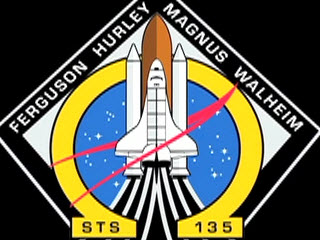 |
 |
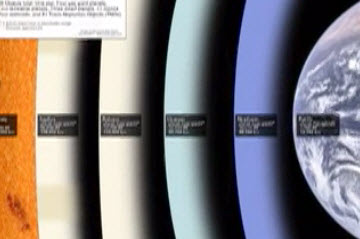 |
||
| Moons in our Solar System | Journaling in Space | Recycling on the International Space Station | ||
 |
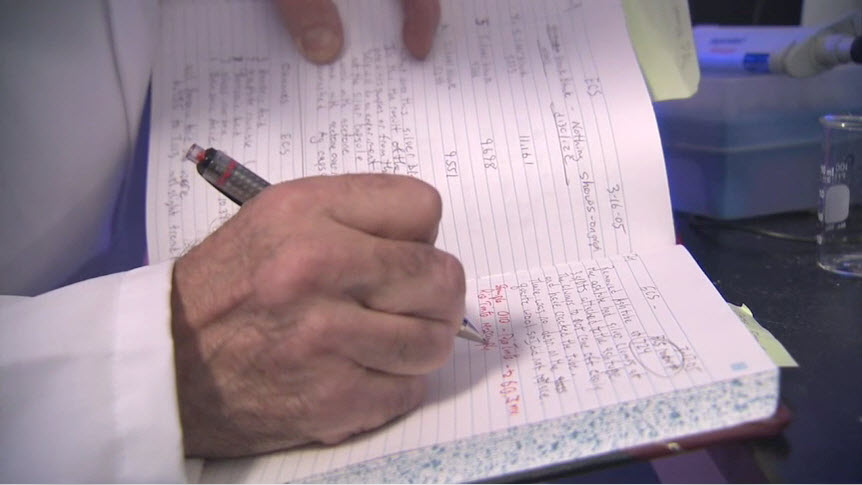 |
 |
||
|
Pam Robnett's Pick "I chose this video because most students are familiar with the fact that there is an International Space Station and love to learn fun facts about life aboard the Station. Particularly interesting in this segment is the recycling of liquids." Overview: Join engineers at NASA and astronauts on board the International Space Station to learn about the importance of recycling. Find out how NASA is solving the challenge of giving astronauts water to use without wasting any with the new Water Recovery System. |
Sharon Bowers' Pick “I’m a life science/biology teacher and love the idea of integrating space science with biology through the topic of Astrobiology. This truly shows the interconnections of ‘searching for life in all the right places.’ This video, though under the 9-12 Launchpad segments, could easily be shared with middle school students.” Overview: Are we alone in the universe? Where do we come from? Join NASA in the search for answers to these and many more questions about life in our solar system. Learn how astrobiologists use what we know about Earth to investigate Titan, Europa, and other far-off worlds.
|
|||
| Real World (Grades 6-8) | ||||
| Legacy of NASA's Space Shuttles | Comets - It's done with math! | Mercury MESSENGER | ||
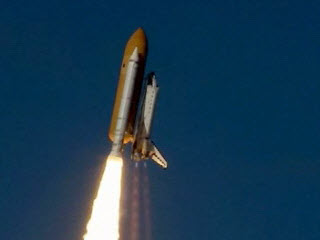 |
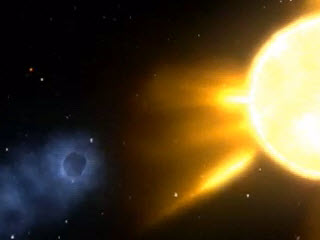 |
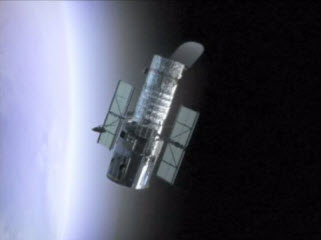 |
||
| Heart Rate and Blood Pressure | Longitudinal Time Zone | Robotic Arms | ||
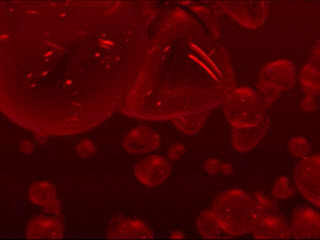 |
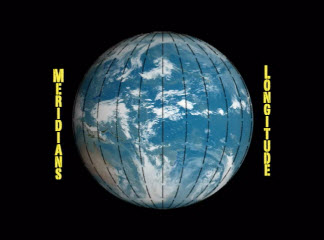 |
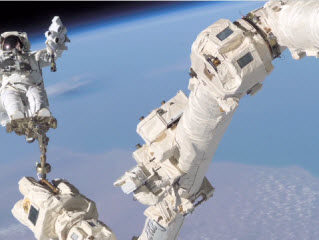 |
||
| Launchpad (Grades 9-12) | ||||
| Spinoffs - Technology Benefits for all! | NASA's Space Shuttle: A workhorse in action | The Shuttle Experience | ||
 |
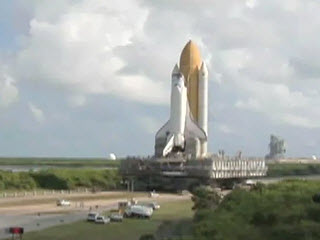 |
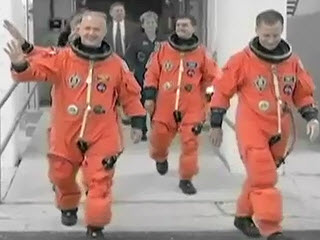 |
||
| Astrobiology | Curiosity goes to Mars | Newton's Laws aboard the ISS | ||
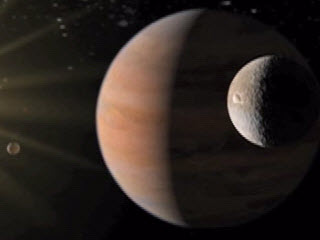 |
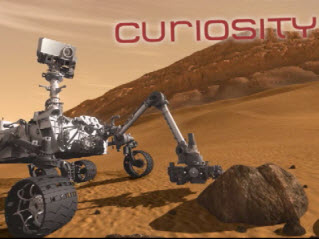 |
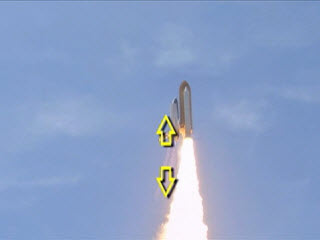 |
||
| Thoughtful Thursdays | ||||
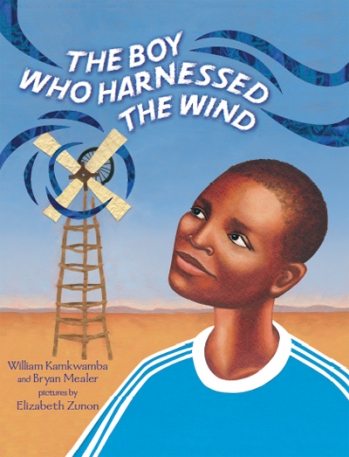 |
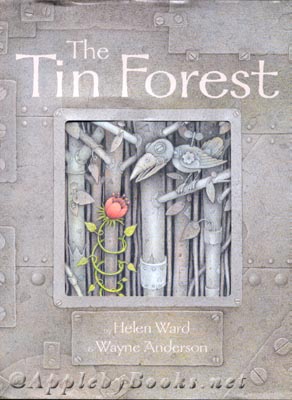 |
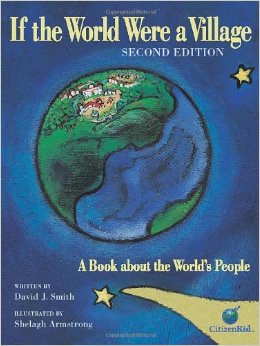 |
||
| "The Boy Who Harnessed the Wind" is a true story about William Kamkwamba who lived in an area of Malawi devastated by drought. His determination and innovative spirit helped him use junkyard scraps to create a windmill that brought electricity and eventually water to his village. STEM keywords: alternative energy, renewable energy, wind power, engineering This story can be found in both a children’s picture book and young adult chapter book. Children’s book version: "The Boy Who Harnessed The Wind;" William Kamkwamba, Bryan Mealer, and Elizabeth Zunon; 2012; ISBN-13: 978-0803735118 Young adult version: "The Boy Who Harnessed the Wind;" William Kamkwamba and Bryan Mealer; 2010; ISBN-13: 978-0061730337 |
"The Tin Forest" carries a very special message about the role of imagination in innovation. Every night an old man living in the middle of a dark wasteland filled with old scrap metal, dreams of a forest, full of sunshine, plants, birds, and animals. Every morning he wakes to gloom and bad weather. Then one day, he comes up with an idea to change things. But can an idea turn rain into sunshine? Can a dream make plants grow? STEM keywords: recycling, engineering, innovation, design The Tin Forest, Helen Ward, 2003, ISBN-10: 0142501565 ISBN-13: 978-0142501566 |
"If the World Were a Village" is an unusual picture book that shrinks the world's population down to a village of 100 to help children grasp a better understanding of who we are, where we live, and how fast we are growing.” The book will help children gain knowledge and understanding behind many of the “Grand Engineering Challenges” facing our world today. STEM keywords: Human Geography; Natural Resources Book information: "If the World Were a Village;" David J. Smith 2002; ISBN- 9781550747799 |
||
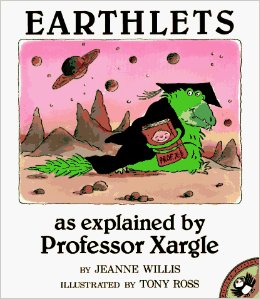 |
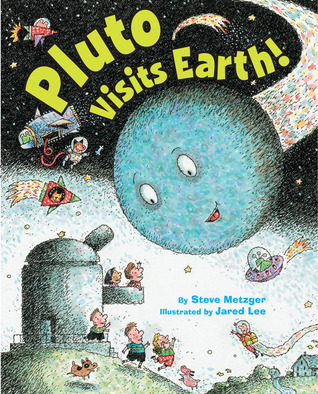 |
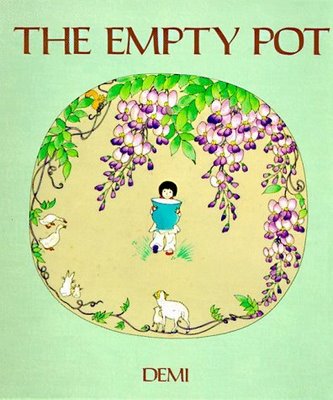 |
||
| "Earthlets, as explained by Professor Xargle." How might aliens describe small Earth creatures we call human babies? Teachers may use "Earthlets" to emphasize writing perspective and our ego-centric look at the universe. This is also an excellent book to introduce or reinforce observation and inference with students. STEM Keywords: Earth, perspective, observation, inference Once hooked by Professor Xargle, you will find other lessons teaching alien students about "Earth Weather," "Earth Mobiles," and "Earth Tigerlets." "Earthlets: As Explained by Professor Xargle;" Jeanne Willis; 1994 - reprint 2011; ISBN-13: 978-1849392921 |
"Pluto Visits Earth." Pluto is not pleased when he learns that astronomers have downgraded him from planet to dwarf planet. In this whimsical book, Pluto heads to Earth to demand he get his status back. Along the way, Pluto stops at other planets and moons, seeking their support for his mission. But it's a boy on Earth who makes him realize that, big or small, planet or not, he's still special! STEM Key Words: space, planets, Pluto, solar system, classification "Pluto Visits Earth," Steve Metzger, 2012, ISBN-10: 0545249341; ISBN-13: 9780545249348 |
"The Empty Pot." The Chinese emperor sets a challenge for children to grow a beautiful flower from given seeds. In this story with a clear moral, Ping demonstrates not only an understanding of what’s required to grow a plant from a seed, but honesty, integrity, and persistence. STEM keywords: seeds, persistence, growth, truth "The Empty Pot;" Demi; 1996; ISBN-13: 978-0805049008 |
||
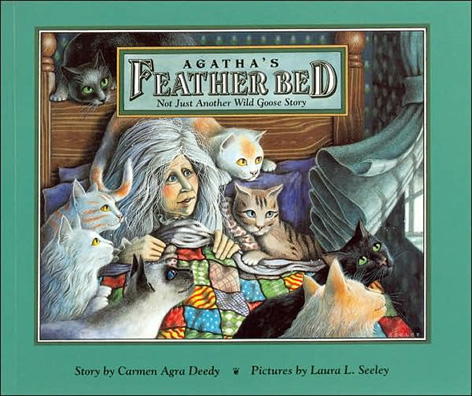 |
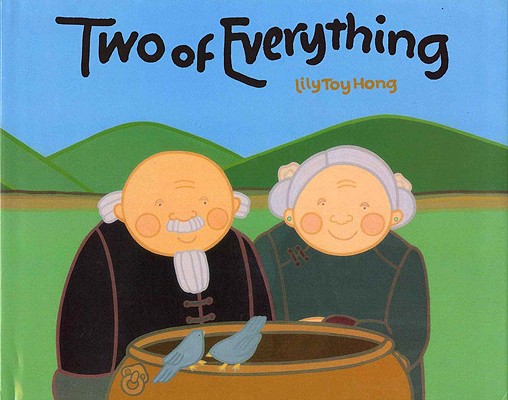 |
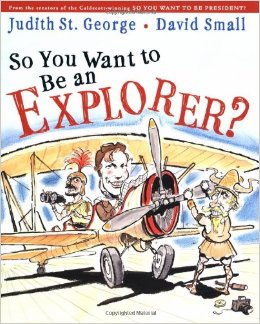 |
||
|
"Agatha’s Featherbed" is one of our favorite stories and is an enchanting way to introduce the idea of essential questions. An old woman named Agatha owns a special yarn shop – and Agatha can spin quite a yarn. One day a boy comes in with his mother and Agatha explains the origin of such things as silk, cotton, wool, etc. However, the main story begins that evening when Agatha goes home and is visited by six naked geese looking for their feathers - the feathers that are in her new feather bed. The story that follows is filled with a whimsical use of idioms as readers learn, “everything comes from something; nothing comes from nothing; just like glass comes from sand and an answer comes from a question – all you have to do is ask!” The book is filled with beautiful illustrations and some “plucky” humor. Just where do goose eggs come from, anyway? STEM Key Words: questions, inquiry, idioms, problem-solving "Agatha’s Featherbed: Not Just Another Wild Goose Story," Carmen Agra Deedy, 1994, ISBN-10: 1561450960; ISBN-13: 978-1561450961 |
"Two of Everything." This is a Chinese folktale about a hardworking, modest couple, Mr. and Mrs. Haktak, who discover a magical pot. When something is put into the pot, it is automatically doubled. This humorous story is a great introduction to algebra concepts. Teachers can easily transition the concept of the “doubling pot” to function tables and algebraic expressions. Further STEM connections can be made by facilitating group discussions around the concepts of constants and variables (independent and dependent). STEM Key Words: mathematical patterns, algebraic expressions, function tables, independent variable, dependent variable, constant, x and y axis “Two of Everything,” Lily Toy Hong; Publisher: Whitman, Albert & Company, 1/1/1993; ISBN: 9780807581575 |
"So You Want to be an Explorer?" What does it take to be an explorer? Humorous details describe several famous and some not so famous explorers from a wide period of time. Catch a glimpse of Marco Polo or Mary Kingsley; Alexander the Great and Barbara Washburn; Chuck Yeager and Neil Armstrong; and many more. A short paragraph describes each explorer’s claim to fame while the intricate illustrations provide additional visual information. The explorers are organized, not chronologically, but by attributes such as curiosity; tackling a quest with gusto; or being a risk taker. This book can help students find the explorer in all of us. And if your students like this Judith St. George book, you might also check out, "So You Want to Be an Inventor?" STEM Key Words: explorers, attributes, history, adventure, discovery "So You Want to Be an Explorer?" Judith St. George, 2005, ISBN-10: 0399238689; ISBN-13: 978-0399238680 |
||
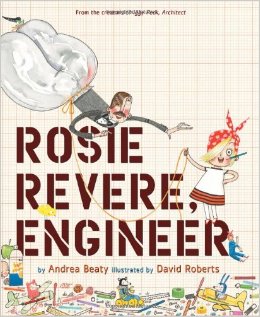 |
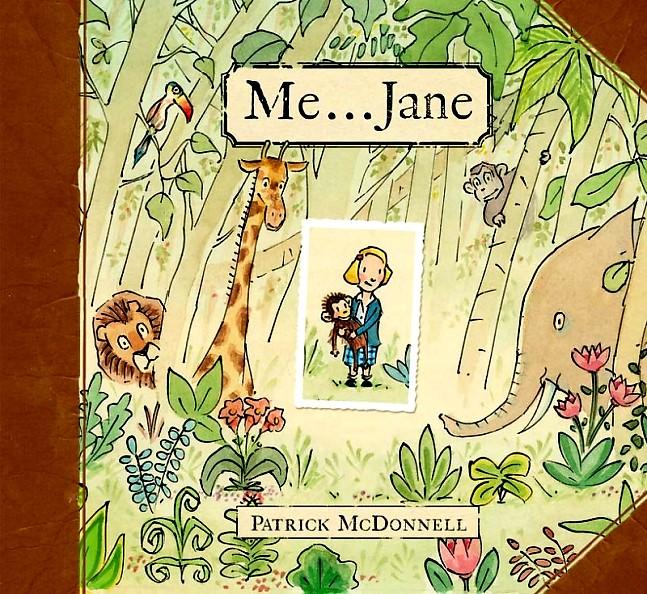 |
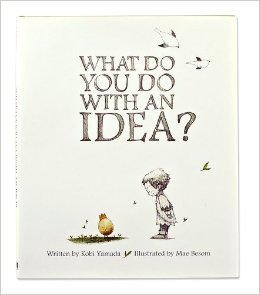 |
||
| "Rosie Revere, Engineer." Introduce your students to one of the most important ideas in engineering – failure is not an option, it is a requirement! Meet Rosie, a quiet girl by day, who is actually a brilliant inventor of gizmos and gadgets. She dreams of becoming a great engineer. When her great-great-aunt Rose (Rosie the Riveter) comes for a visit, Rosie sets to work building a contraption to make her aunt's dream to fly come true. But Rosie’s contraption only hovers for a moment before it crashes, and Rosie believes her invention is a failure. Through the experience, Rosie learns an important lesson that every good engineer knows: you can only truly fail if you quit. STEM Key Words: engineering, design, inventor, failure "Rosie Revere, Engineer," Andrea Beaty, 2013, ISBN-10: 1419708457; ISBN-13: 978-1419708459 |
"Me...Jane," Children will learn about young Jane Goodall and her special childhood toy chimpanzee named Jubilee. This story chronicles Jane’s wonder and observations of the world around her, capturing her dreams of "a life living with and helping all animals," until one day she found that her dream comes true. "Me … Jane," Patrick McDonnell 2011, ISBN-10: 0316045462; ISBN-13: 978-0316045469 |
"What Do You Do With An Idea" follows a child and his idea as both grow and evolve through the support of others. The story encourages children to be innovative and creative thinkers. As the child’s confidence grows, so does the idea itself. This story will inspire children to dare to think differently. STEM Key Words: idea, innovation, design, creativity, engineering "What Do You Do With An Idea", Kobi Yamada, 2014, ISBN-10: 1938298071; ISBN-13: 978-1938298073 |
||
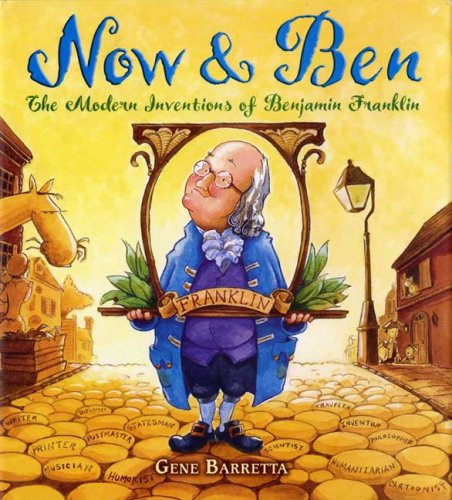 |
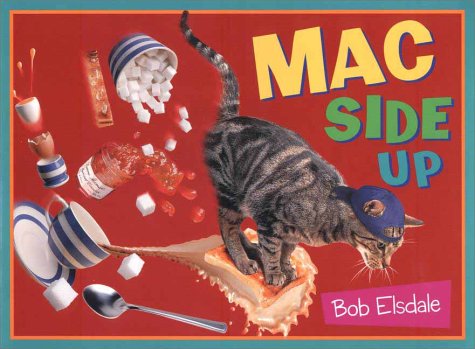 |
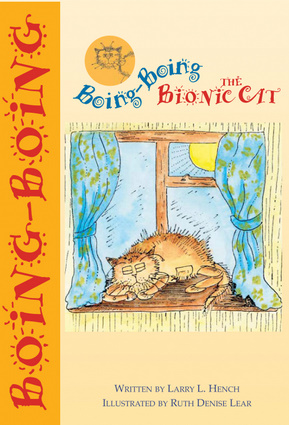 |
||
| "Now and Ben." Thank Benjamin Franklin for your community library, hospital, post office and fire department. Franklin also designed the lightning rod, suggested the idea of daylight saving time, invented bifocals and the odometer—all inspired by his common sense and intelligence. This book introduces students to a historical, innovative genius. STEM Key Words: design, invention, science, engineering "Now and Ben", Gene Barretta, 2008, ISBN-10: 0312535694; ISBN-13: 978-0312535698 |
"Mac Side Up." Mac, one very cool cat, uses the process of experimental design to test a probing question: Why is it that toast always lands butter-side down, but cats land right-side up? Working collaboratively with Dusty the ferret, Mac and Dusty design an elaborate experiment to seek an answer to this question. Mac models scientific thinking for students. STEM Key Words: explore, experiment, scientific method, variables, experimental design
|
"Boing-Boing the Bionic Cat." Larry Hench shares his knowledge of materials science with students in this enchanting story about Daniel, who loves cats but is allergic to them. Daniel’s inventive neighbor, Professor George (an engineer), builds a bionic cat for Daniel complete with fiber-optic fur, computer-controlled joints, electronic eyes, and ceramic sensor whiskers. Only issue … instead of purring, the cat croaks out “boing boing. Students fall in love with Boing-Boing while being introduced to “real” science and engineering through this delightful book. All science and engineering described within this book is possible. Boing-Boing the Bionic Cat, Larry Hench, 2000, ISBN-10: 1574981099; ISBN-13: 978-1574981094 |
||
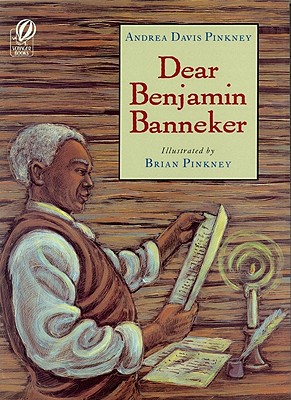 |
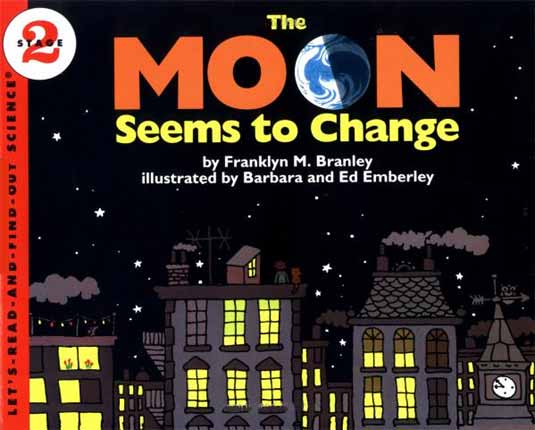 |
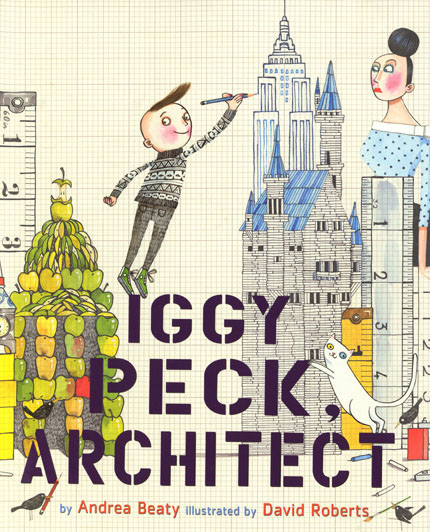 |
||
| "Dear Benjamin Banneker." Benjamin Banneker, an accomplished astronomer and mathematician, was born free when most blacks were still enslaved. This story introduces children to Benjamin Banneker --his science, his politics, his morals, and his extraordinary correspondence with Thomas Jefferson. Banneker took a stand against slavery and wrote to Jefferson in 1791, attacking the institution of slavery and calling Jefferson a hypocrite for owning slaves. The words of this story are accented by the full-page scratchboard and oil paintings by Caldecott Honor artist Brian Pinkney. STEM Key Words: almanac, astronomer, mathematician, historical STEM Dear Benjamin Banneker, Andrea Davis Pinkney, 1998, ISBN-10: 0152018921; ISBN-13: 978-0152018924 |
"The Moon Seems to Change." I wonder why the moon…? Ask this open ended question to young inquisitive minds and uncover student misconceptions and inquiries about Earth’s natural satellite. Because the moon revolves around Earth, it seems to grow and shrink. Children can read about the phenomena of the moon’s phases. Extend the learning by participating in a hands-on investigation using an orange, a pencil, and a flashlight. The activity outlined in this book clearly demonstrates why the moon looks different at different times of the month. Young scientists will marvel at the moon and all its phases. STEM Key Words: phases, moon, sun, day, night, experiment, Earth The Moon Seems to Change, Franklyn M. Branley, 1987, ISBN-10: 0064450651;ISBN-13: 978-0064450652 |
"Iggy Peck, Architect." Iggy has one passion: building. He builds towers out of dirty diapers and the Sphinx out of mud. He builds churches from peaches and apples and a model of the St. Louis arch out of pancakes and coconut pie. His parents encourage his designs, but a harrowing experience as a 7-year old causes his second-grade teacher to ban all talk of architecture in class. Until … a bridge collapses during a field trip stranding the class on an island. Iggy’s architecture and collaborative skills come to the rescue. STEM Key Words: design, engineering, creativity, critical thinking, innovation Iggy Peck Architect, Andrea Beaty, 2007, ISBN-10: 081091106X; ISBN-13: 978-0810911062 |
||

